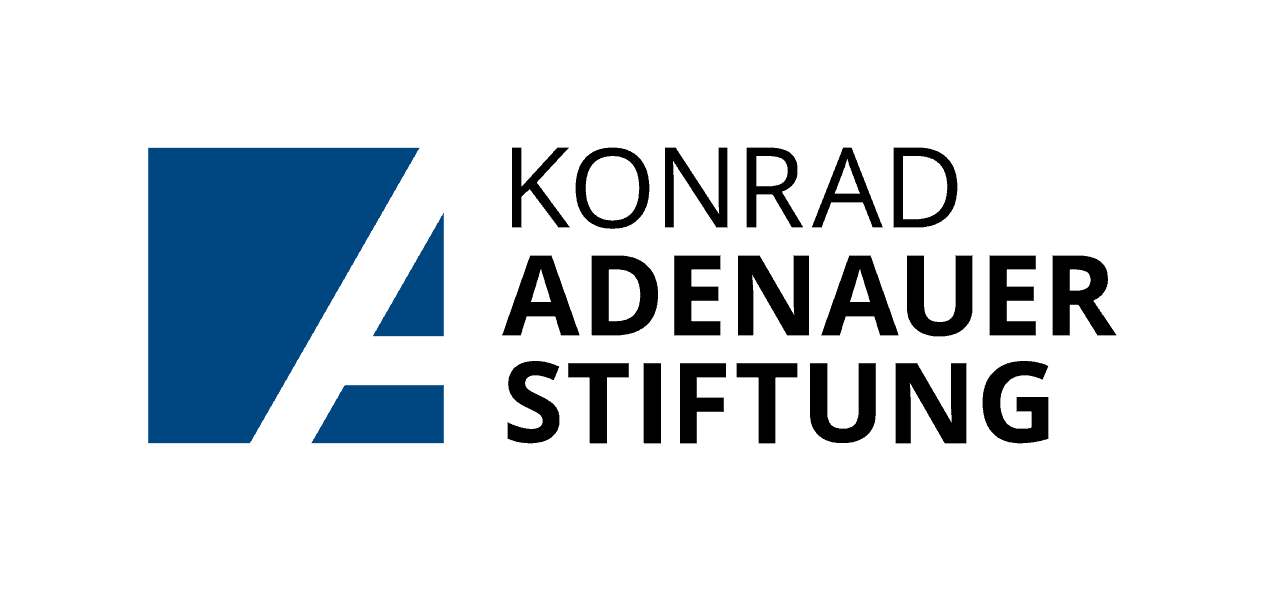You may find the web of people to contact for your story increasingly complex. Stay organised by drawing up a map of sources, and use arrows or different colours to show the relationships between various players. If anything odd pops up — for example, the boss of a timber-logging firm turns out to be related to a pro-deforestation politician — make a note to explore that relationship more deeply later. This can be a tedious process, but stay focused by reminding yourself that you are playing your part as a watchdog of society, and giving voice to the voiceless.
Journalists Mark Hunter and Luuk Sengers have the following tips on how to map data effectively and stay organised:
- > Write up a timeline of events (describing dates, places, who was there, what was said, what was done); keep this information in a consistent format so you can find what you need easily
- > Create a list of sources with their contact details and keep this information secure); update it when you have contacted them and note down who you still have to contact
- > Draw up diagrams of the relationships between the various people involved
- > Make a list of key documents, indicating those you have and those you need access to
- > Index your documents, and if you work with a computer, create hypertext links to full electronic versions
- > Highlight facts that have been firmly established
- > Note the status of each request you have sent out
- > Always keep a notebook with you to jot down ideas

